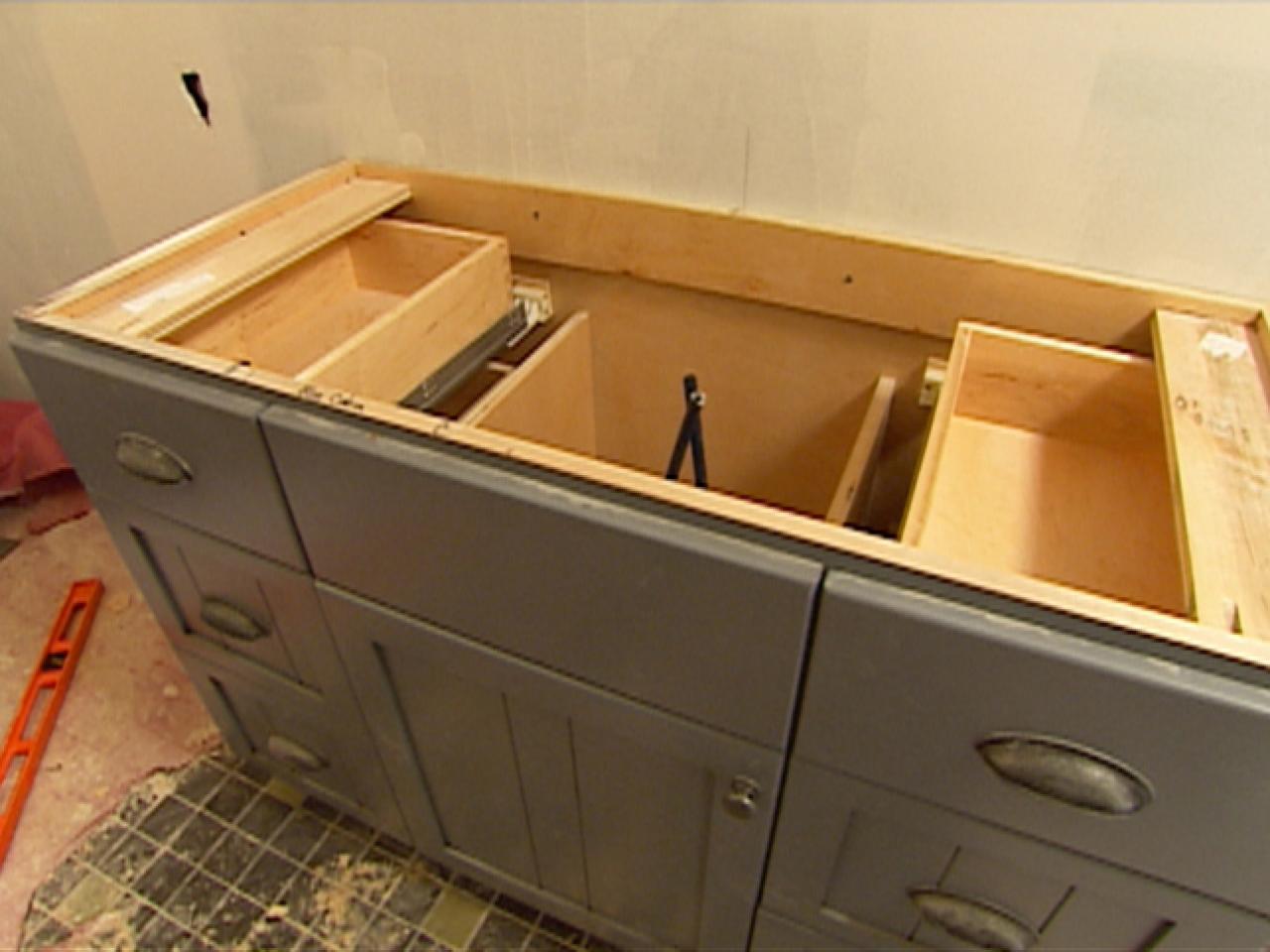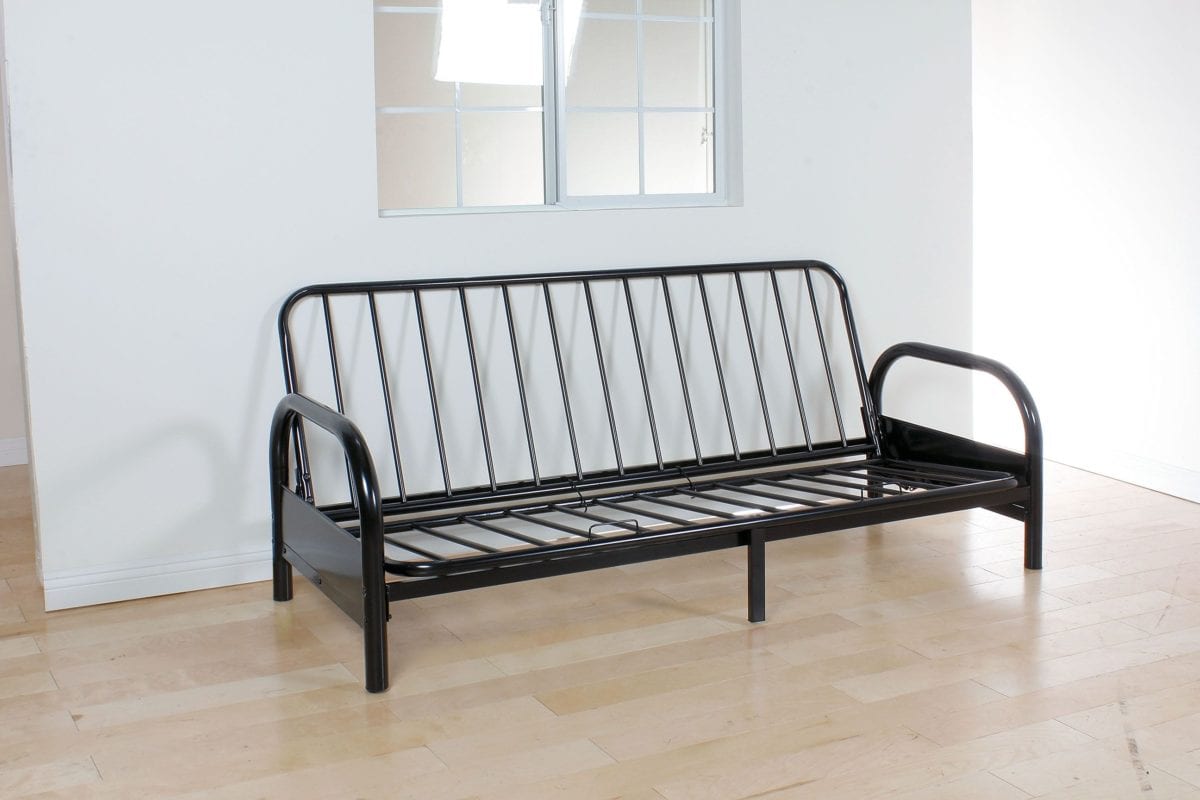When it comes to bathroom renovations, one of the biggest challenges can be installing a bathroom vanity on an uneven floor. An uneven floor can cause several issues, such as an unstable vanity, gaps between the vanity and the wall, and difficulty with the plumbing. But fear not, because with the right techniques and tools, you can successfully install a bathroom vanity on an uneven floor. In this article, we will discuss the top 10 tips for dealing with an uneven floor when installing a bathroom vanity.Bathroom Vanity on Uneven Floor
The first step to installing a bathroom vanity on an uneven floor is to measure the floor and determine how uneven it is. You can do this by placing a level on the floor and seeing where it is not flush. Once you have determined the extent of the unevenness, you can follow these steps to install the vanity: Step 1: Choose a Vanity with Adjustable Legs - When shopping for a bathroom vanity, look for one with adjustable legs. This will allow you to compensate for the uneven floor by adjusting the height of each leg. Step 2: Prepare the Vanity - Before installing the vanity, make sure to remove any drawers, doors, or shelves. This will make it easier to maneuver the vanity and adjust the legs. Step 3: Measure and Mark the Wall - Use a measuring tape to mark the height of the vanity on the wall. This will serve as a guide when installing the vanity. Step 4: Place the Vanity - Carefully place the vanity in its designated spot and check the level. If the vanity is not level, adjust the legs accordingly until it is. Step 5: Secure the Vanity - Once the vanity is level, secure it to the wall using screws. This will prevent it from moving or shifting due to the uneven floor.How to Install a Bathroom Vanity on an Uneven Floor
If you do not want to go through the trouble of adjusting the legs and securing the vanity, there are other solutions you can try for installing a bathroom vanity on an uneven floor: Option 1: Use Shims - Shims are small, wedge-shaped pieces of wood that can be placed under the legs of the vanity to level it out. This is a quick and easy solution, but it may not be as stable as adjusting the legs. Option 2: Level the Floor - If the unevenness of the floor is significant, you may need to level it before installing the vanity. This can be a more time-consuming and costly solution, but it will ensure a stable and level vanity.Uneven Floor Solutions for Bathroom Vanity Installation
Here are some additional tips to keep in mind when installing a bathroom vanity on an uneven floor: Tip 1: Use a Self-Leveling Compound - If the unevenness of the floor is minor, you can use a self-leveling compound to even it out. This compound is easy to use and will provide a smooth and level surface for the vanity. Tip 2: Check for Plumbing Obstructions - Before installing the vanity, make sure to check for any plumbing obstructions, such as pipes or vents, that may interfere with the placement of the vanity. If necessary, you may need to make adjustments or move the plumbing to accommodate the vanity. Tip 3: Use a Rubber Mallet - When adjusting the legs of the vanity, use a rubber mallet to gently tap them into place. This will help to avoid damaging the vanity or the floor.Tips for Leveling a Bathroom Vanity on an Uneven Floor
While installing a bathroom vanity on an uneven floor may seem daunting, it is a common issue that can be easily overcome. Here are a few things you should keep in mind when dealing with an uneven floor: Know Your Floor Type - Different types of flooring, such as tile, hardwood, or concrete, may require different solutions for leveling. Make sure to research the best method for your specific floor type. Measure Twice, Cut Once - It is essential to double-check all measurements and ensure that the vanity is level before securing it to the wall. This will save you time and frustration in the long run. Don't Be Afraid to Ask for Help - Installing a bathroom vanity on an uneven floor can be a two-person job. Don't hesitate to ask a friend or family member for assistance, especially when lifting and maneuvering the vanity.Uneven Floor and Bathroom Vanity Installation: What You Need to Know
If you have an uneven floor in your bathroom, it is crucial to address it before installing a vanity. Here are some steps you can take to fix an uneven floor: Step 1: Identify the Cause - Determine what is causing the floor to be uneven. It could be an issue with the subfloor, an uneven concrete slab, or a structural problem. Step 2: Repair the Subfloor - If the subfloor is the issue, you may need to repair or replace it. This can involve adding additional support or using a leveling compound to even it out. Step 3: Level the Subfloor - Once the subfloor is repaired, you can use a leveling compound to create a smooth, level surface for the vanity.How to Fix an Uneven Floor for Bathroom Vanity Installation
If you are planning a bathroom renovation and know that your floor is uneven, it is best to choose a vanity that is adjustable or has legs that can be easily adjusted. Some other options to consider for uneven floors include: Wall-Mounted Vanities - These vanities are attached to the wall and do not require legs or adjustments for an uneven floor. Pedestal Sinks - If you don't need storage space, a pedestal sink can be a great option for an uneven floor. It is a single piece with no legs or base, making it easy to level. Floating Vanities - Similar to wall-mounted vanities, floating vanities are attached to the wall and do not require legs. They can also be adjusted to accommodate an uneven floor.Best Bathroom Vanity Options for Uneven Floors
Despite your best efforts, you may encounter some problems when installing a bathroom vanity on an uneven floor. Here are some common issues and their solutions: Problem: Vanity is Still Unstable - If the vanity is still unstable after adjusting the legs or using shims, you may need to reinforce it with additional brackets or braces. Problem: Gaps Between Vanity and Wall - If there are gaps between the vanity and the wall, you can use caulk to fill them in and create a seamless and secure fit. Problem: Uneven Plumbing - If your plumbing is not level, you can use flexible hoses or extensions to accommodate the uneven floor.Uneven Floor and Bathroom Vanity: Common Problems and Solutions
When selecting a bathroom vanity for an uneven floor, here are some factors to consider: Adjustable Legs - Look for vanities with adjustable legs to compensate for an uneven floor. Wall-Mounted or Floating - Consider a wall-mounted or floating vanity if you want to avoid dealing with legs and adjustments altogether. Style and Functionality - Don't forget to choose a vanity that not only fits your uneven floor but also suits your personal style and meets your storage needs.How to Choose the Right Bathroom Vanity for an Uneven Floor
If you are feeling confident and want to tackle the installation of a bathroom vanity on an uneven floor yourself, here is a step-by-step guide: Step 1: Gather Your Tools - You will need a level, measuring tape, screws, a screwdriver, a rubber mallet, and shims (if necessary). Step 2: Measure and Mark - Measure the height of the vanity and mark it on the wall. This will serve as a guide when installing the vanity. Step 3: Prepare the Vanity - Remove any drawers, doors, or shelves from the vanity to make it easier to maneuver and adjust the legs. Step 4: Place the Vanity - Carefully place the vanity in its designated spot and check the level. Adjust the legs or use shims as needed to make it level. Step 5: Secure the Vanity - Once the vanity is level, secure it to the wall using screws. Step 6: Reattach Drawers and Doors - After securing the vanity, you can reattach any drawers, doors, or shelves that were removed. Step 7: Connect Plumbing - Finally, you can connect the plumbing and enjoy your new, stable bathroom vanity.DIY Bathroom Vanity Installation on an Uneven Floor: Step-by-Step Guide
Bathroom Vanity Uneven Floor: Tips for Designing a Functional and Beautiful Bathroom

The Importance of a Level Floor in Bathroom Design
 When it comes to designing a bathroom, every detail matters. From the color scheme to the fixtures, everything plays a role in creating a functional and beautiful space. However, one aspect that is often overlooked is the
levelness
of the floor. A
uneven floor
can cause major problems, especially when it comes to installing a bathroom vanity. Not only can it affect the
appearance
of the vanity, but it can also impact its functionality and durability. In this article, we will explore the
importance
of having a level floor in bathroom design and provide tips on how to deal with a bathroom vanity on an uneven floor.
When it comes to designing a bathroom, every detail matters. From the color scheme to the fixtures, everything plays a role in creating a functional and beautiful space. However, one aspect that is often overlooked is the
levelness
of the floor. A
uneven floor
can cause major problems, especially when it comes to installing a bathroom vanity. Not only can it affect the
appearance
of the vanity, but it can also impact its functionality and durability. In this article, we will explore the
importance
of having a level floor in bathroom design and provide tips on how to deal with a bathroom vanity on an uneven floor.
Why Uneven Floors are a Common Problem in Bathrooms
 Uneven floors are a common problem in older homes, but they can also occur in newer constructions. This is often due to
settling
or
shifting
of the foundation, which can
create
an uneven surface. Other factors such as water damage, poor installation, and
improper
support
can also lead to an uneven floor. In bathrooms, the problem is exacerbated by the presence of water, which can cause the floor to swell or rot, making it even more uneven.
Uneven floors are a common problem in older homes, but they can also occur in newer constructions. This is often due to
settling
or
shifting
of the foundation, which can
create
an uneven surface. Other factors such as water damage, poor installation, and
improper
support
can also lead to an uneven floor. In bathrooms, the problem is exacerbated by the presence of water, which can cause the floor to swell or rot, making it even more uneven.
Dealing with an Uneven Floor in Bathroom Vanity Installation
 Now that we understand the
causes
of an uneven floor in bathrooms, let's look at how to deal with it when installing a vanity. The first step is to determine the
levelness
of the floor. This can be done using a
leveling
tool, which can be found at any hardware store. Once you have determined the
degree
of unevenness, you can proceed to the next step.
If the floor is only slightly uneven,
shimming
the vanity may be enough to level it out. This involves placing small pieces of
material
such as wood or plastic under the legs of the vanity to even out the surface. However, if the floor is significantly uneven, you may need to consider
releveling
the floor before installing the vanity.
Another option is to choose a
floating
vanity, which is not attached to the floor and can be adjusted to accommodate an uneven surface. This type of vanity is
ideal
for bathrooms with severe floor unevenness or if you want to avoid the hassle of releveling the floor.
Now that we understand the
causes
of an uneven floor in bathrooms, let's look at how to deal with it when installing a vanity. The first step is to determine the
levelness
of the floor. This can be done using a
leveling
tool, which can be found at any hardware store. Once you have determined the
degree
of unevenness, you can proceed to the next step.
If the floor is only slightly uneven,
shimming
the vanity may be enough to level it out. This involves placing small pieces of
material
such as wood or plastic under the legs of the vanity to even out the surface. However, if the floor is significantly uneven, you may need to consider
releveling
the floor before installing the vanity.
Another option is to choose a
floating
vanity, which is not attached to the floor and can be adjusted to accommodate an uneven surface. This type of vanity is
ideal
for bathrooms with severe floor unevenness or if you want to avoid the hassle of releveling the floor.
Final Thoughts
 In conclusion, a level floor is crucial in bathroom design, especially when it comes to installing a vanity. Not only does it affect the
appearance
and functionality of the vanity, but it also ensures its
durability
and
stability
. Whether you choose to relevel the floor or opt for a floating vanity, make sure to take the necessary steps to ensure your bathroom vanity is on a level surface. With these tips, you can create a functional and beautiful bathroom that will stand the test of time.
In conclusion, a level floor is crucial in bathroom design, especially when it comes to installing a vanity. Not only does it affect the
appearance
and functionality of the vanity, but it also ensures its
durability
and
stability
. Whether you choose to relevel the floor or opt for a floating vanity, make sure to take the necessary steps to ensure your bathroom vanity is on a level surface. With these tips, you can create a functional and beautiful bathroom that will stand the test of time.














/155068606-56a4a2985f9b58b7d0d7ef19.jpg)
















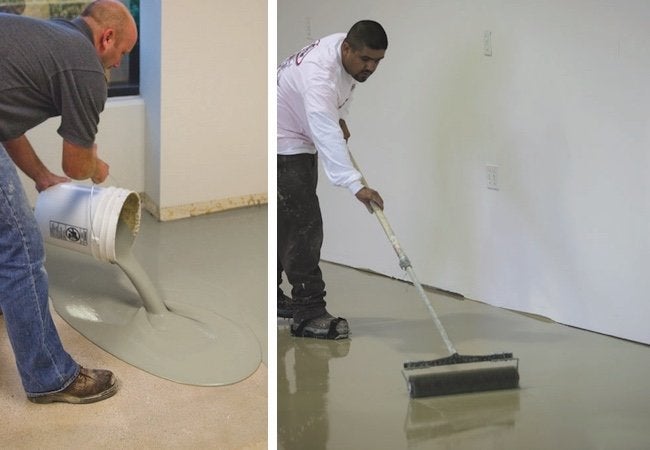

:max_bytes(150000):strip_icc()/white-bathroom-vanity-countertop-black-479f21bd-e9968a8321d4481dbd9b4a058c840304.jpg)









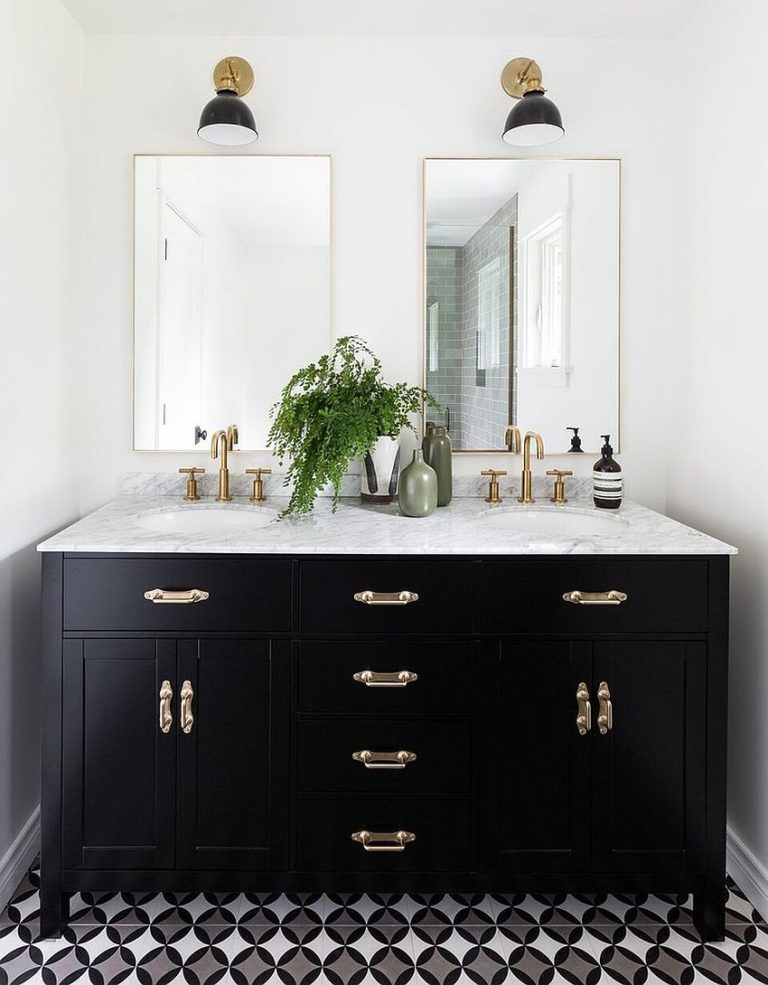


















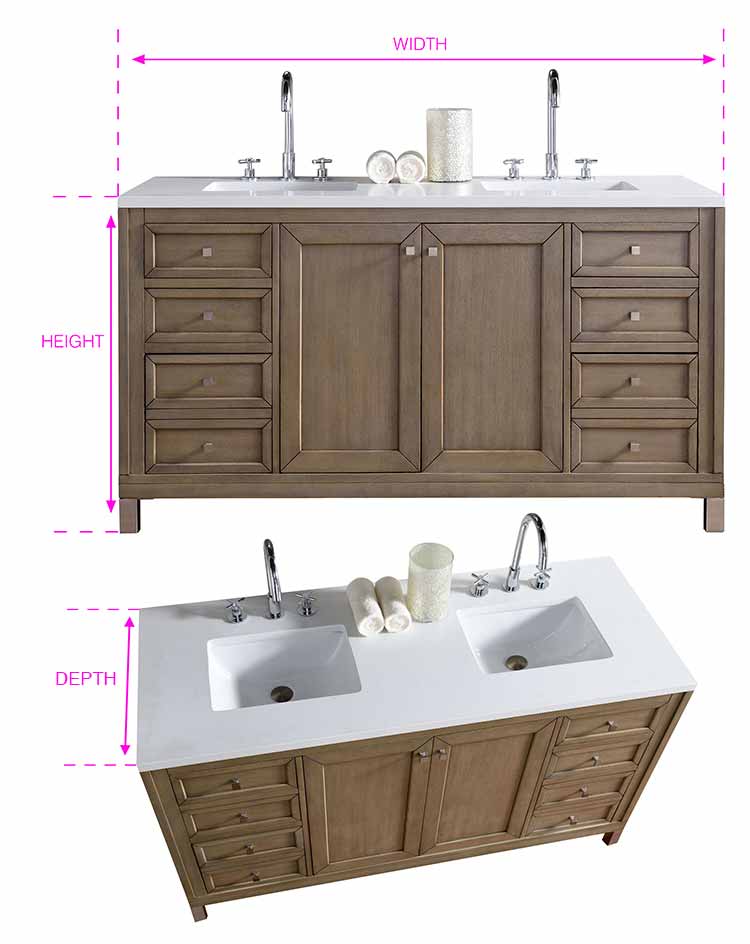





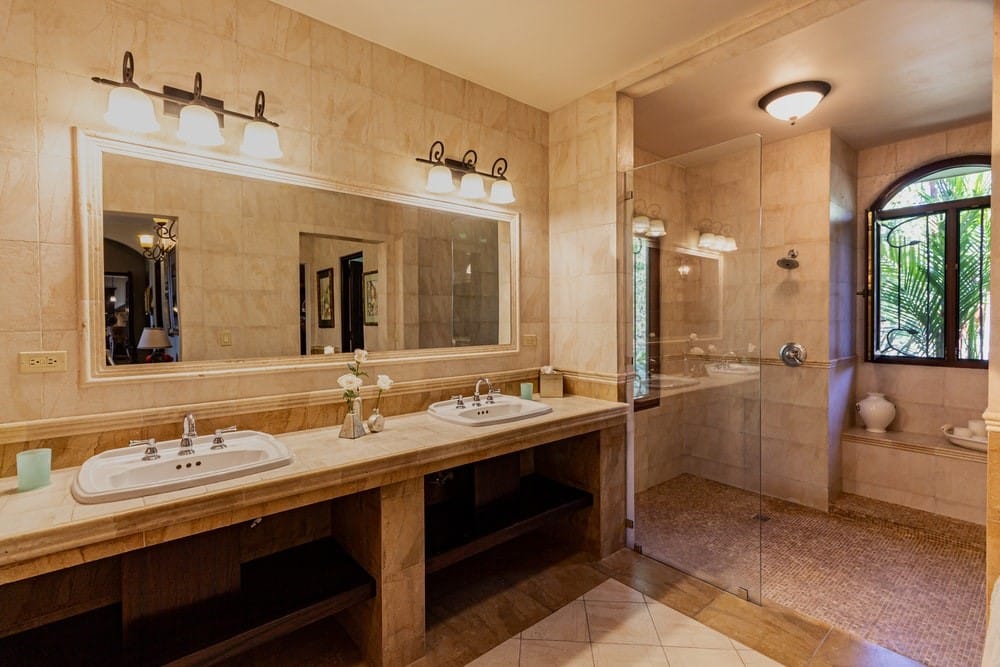





:max_bytes(150000):strip_icc()/build-something-diy-vanity-594402125f9b58d58ae21158.jpg)
/cherry-diy-bathroom-vanity-594414da5f9b58d58a099a36.jpg)





